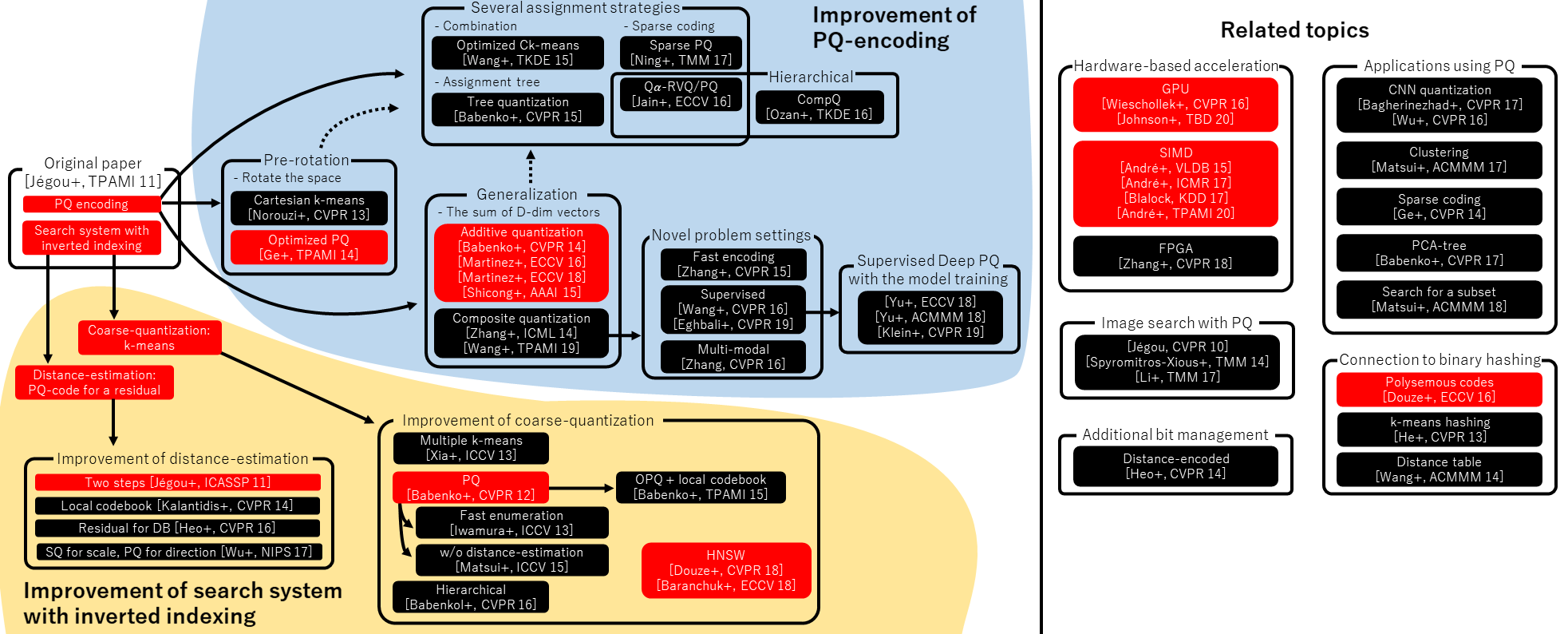Can Plagiarism Checkers Detect AI-Generated Text?
As AI-generated text becomes more common, particularly with models like ChatGPT, DeepSeek, and Gemini, many students, researchers, and educators are wondering: Can plagiarism checkers detect AI-generated content? The short answer is no, at least not effectively. Here’s why.
How Traditional Plagiarism Checkers Work
Most plagiarism detection tools rely on vector retrieval techniques. When checking for plagiarism, they break down a document into multiple segments, convert each segment into a numerical vector, and then compare it against a massive database of existing texts. This method is effective for detecting copied or paraphrased content because it matches against pre-existing works.

Fig1. The overview image above shows the framework of widely-used vector retrieval system.
Popular plagiarism checkers such as Turnitin, Grammarly, and Copyscape excel at identifying direct plagiarism or closely reworded phrases. However, they struggle with AI-generated content because it is newly created, not copied from existing sources.
Why AI-Generated Text Is Different
AI-generated text is original in the sense that it does not directly copy from any single source. Instead, AI models predict the next word based on statistical patterns in large language datasets. This means:
- There is no exact match in plagiarism databases.
- The writing style may resemble human-authored text.
- AI-generated text can bypass traditional plagiarism checkers because it does not come from a pre-existing corpus.
Detecting AI-Generated Content
Since plagiarism checkers fall short in detecting AI-written text, specialized AI content detection tools have emerged. Platforms like Writerightly’s AI Content Detector use sophisticated linguistic analysis, perplexity scoring, and token probability distribution to determine whether a text is likely AI-generated.
Key Differences Between Plagiarism Checkers and AI Content Detectors:
| Feature | Plagiarism Checkers | AI Content Detectors |
|---|---|---|
| Works on existing texts? | ✅ Yes | ❌ No |
| Can detect AI-generated text? | ❌ No | ✅ Yes |
| Uses vector retrieval? | ✅ Yes | ❌ No |
| Analyzes linguistic patterns? | ❌ No | ✅ Yes |
The Future of AI Detection in Academia
With the rise of AI-assisted writing tools, academic institutions and publishers need more than just plagiarism checkers to uphold integrity. The development of AI detection technologies will play a crucial role in distinguishing human-written work from AI-generated text.
At isgpt.org, we are building cutting-edge AI detection systems that go beyond traditional plagiarism checking. Our goal is to provide precise and reliable AI content detection for academic and professional use.
Plagiarism checkers are not designed to detect AI-generated content. While they work well for identifying copied or paraphrased material, detecting AI-generated text requires specialized AI detection tools. As AI technology advances, integrating AI detection with plagiarism checkers will become essential for ensuring academic integrity.